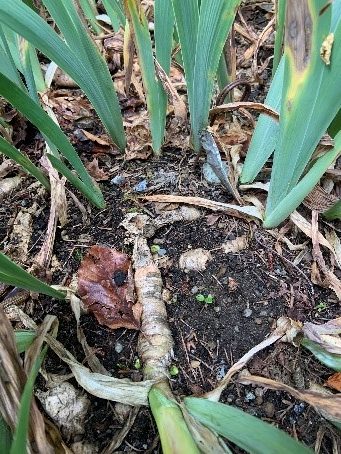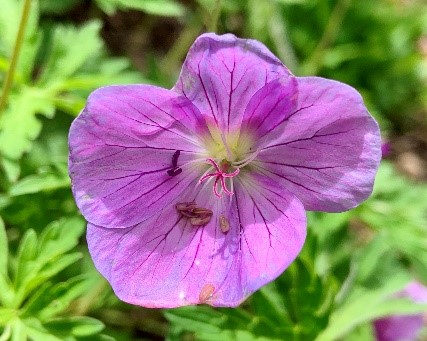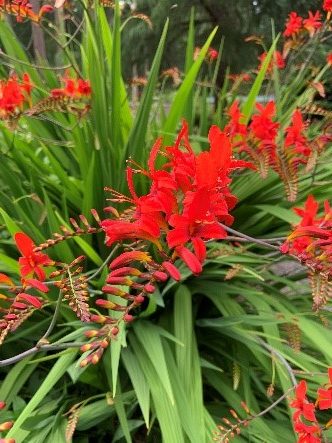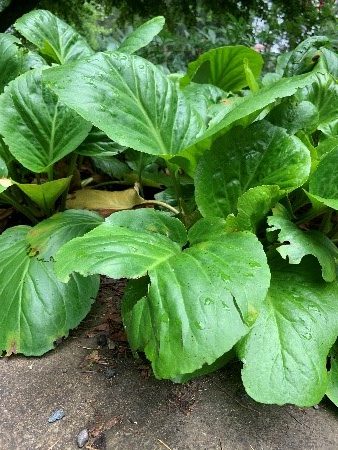Put simply, a perennial plant is one that lives for more than two years as opposed to shorter-lived annuals, which complete its life cycle in one year, and biennials, which bloom in their second year and die. Technically speaking, trees and shrubs are perennial plants because they grow for more than two years. But horticulturists usually categorize perennial plants into two types: woody plants and herbaceous perennials. Trees and shrubs are categorized as woody plants.
Herbaceous perennials grow and bloom over the spring and summer, die back every fall and winter, and then return in the spring from their rootstock. There are also evergreen, or non-herbaceous, perennials including plants like Bergenia which retain leaves throughout the year. Another class of plants is known as subshrubs because a woody structure remains in the winter (such as Penstemon). The local climate may dictate whether plants are treated as shrubs or perennials. For instance, many varieties of Fuchsia are shrubs in warm regions, but in the PNW climate may be cut to the ground every year as a result of winter frosts. The gardening world will often divide perennials into categories based on their characteristics such as, herbaceous, evergreen, sun-loving, shade-loving, long-lived, short-lived, and flower color.
Perennials typically grow structures that allow them to adapt to living from one year to the next through a form of vegetative reproduction rather than seeding. Many perennials that create structures are referred to as bulbs. There are five kinds of bulbs and one true bulb. Daffodils and tulips are true bulbs. Other bulb types are corms (Crocosmia), tubers (Cyclamen, Dahlia), tuberous roots (tuberose begonia), rhizomes (Iris) and bulbets/bulbils (Allium). The Lake Wilderness Arboretum perennial garden has examples of corms, tubers and rhizomes. The Legacy Garden has bulbs (Tulips and Daffodils) and bulbets (Allium).

This Iris is a "Rhizome"-type bulb perennial 
A Geranium is a deciduous perennial 
This Crocosmia is a "Corm"-type bulb perennial 
The Bergenia is an evergreen perennial.
